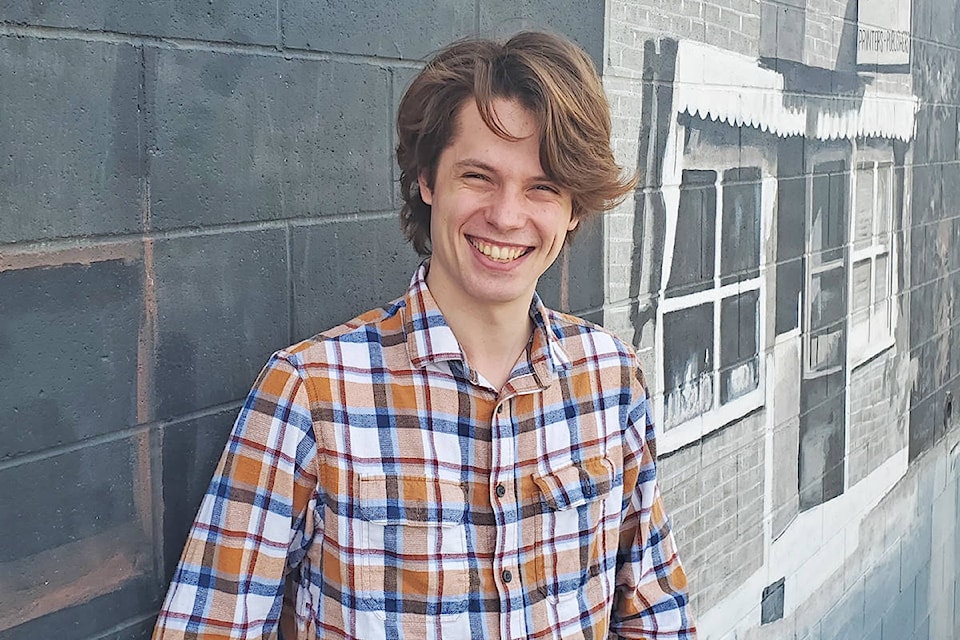This week I find myself wondering what comes after the pandemic.
I’m sure I’m not alone in imagining what life will be like, free of this virus. I dare say all seven billion-plus humans on the planet have given it at least some thought over the last year. Many, I’m sure, are looking forward to life returning to normal as it was pre-pandemic, but I’m not sure that will happen.
No matter what you think of the COVID-19 pandemic or how you have been impacted by it, it’s been a watershed moment in human history. Comparisons have been made to the Black Death and Spanish Flu and, while it’s not quite as bad, it’s worth looking to the aftermath of those diseases to glean some insight into how our own post-COVID-world will turn out.
Mask wearing, as I’ve already observed in this column, was one of the health measures put in place by governments around the world during the Spanish Flu. This practice has faded from life here in the west, but it’s remained a part of people’s attire in the east. In China, this is partially due to pollution, while in Japan, it’s a public health precaution that has become somewhat of a fashion statement.
Many of my friends now own masks with unique designs and patterns to match their clothes. This time around, I can’t help but wonder if the practice of mask-wearing might stick. Beyond the fashion angle, it could help prevent the spread of seasonal flu and other diseases that make the rounds in our society every year. Would curbing that spread by wearing a mask in the fall not be a net positive?
Looking to the Black Death, meanwhile, one can’t help but draw more parallels between our past and present. So far just over one million people have died from COVID while in a period of roughly seven years, the Black Death was estimated to have killed 75 million to 200 million people throughout Eurasia and Africa.
Yet, in a bizarre way, the Black Death indirectly led to our world today. Those who survived enjoyed greater freedoms and economic opportunity, starting the end of feudalism. Some speculate the Renaissance was sparked by people reflecting on the fragility of life, which would, in turn, inspire the Enlightenment and eventually modern democratic ideas.
The Black Death illustrates how, after a traumatic event, the world changes because we have changed with it.
Locally, the events that usually characterize small-town life are few and far between. It is odd as a junior journalist to not be covering craft markets this fall. The Wranglers and many other sports teams are simply not playing this year, Remembrance Day was a drive-by ceremony and so on.
There is light at the end of the tunnel. Last week reports came in that two possible COVID-19 vaccines with over 90 percent rate effectiveness have been developed and tested. While it will take time to verify, manufacture and distribute, life will be able to change, for the better, so long as we keep the lessons we’ve learned from this chaotic year in mind.
newsroom@100milefreepress.net
Like us on Facebook and follow us on Twitter.
